Refine listing
Actions for selected content:
2251 results in Cambridge Elements
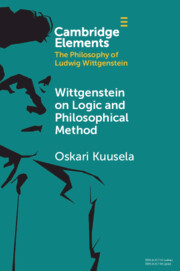
Wittgenstein on Logic and Philosophical Method
-
- Published online:
- 24 May 2022
- Print publication:
- 23 June 2022
-
- Element
- Export citation
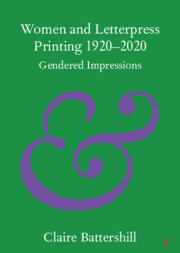
Women and Letterpress Printing 1920–2020
- Gendered Impressions
-
- Published online:
- 23 May 2022
- Print publication:
- 23 June 2022
-
- Element
-
- You have access
- Open access
- HTML
- Export citation
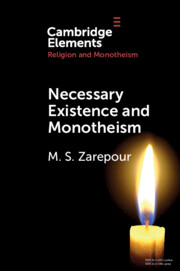
Necessary Existence and Monotheism
- An Avicennian Account of the Islamic Conception of Divine Unity
-
- Published online:
- 23 May 2022
- Print publication:
- 09 June 2022
-
- Element
- Export citation
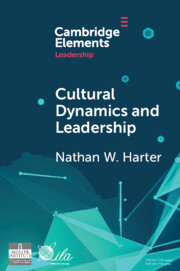
Cultural Dynamics and Leadership
- An Interpretive Approach
-
- Published online:
- 19 May 2022
- Print publication:
- 19 May 2022
-
- Element
- Export citation
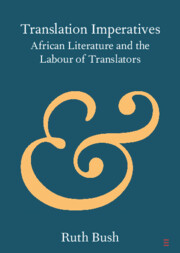
Translation Imperatives
- African Literature and the Labour of Translators
-
- Published online:
- 19 May 2022
- Print publication:
- 02 June 2022
-
- Element
- Export citation
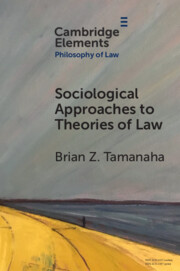
Sociological Approaches to Theories of Law
-
- Published online:
- 18 May 2022
- Print publication:
- 23 June 2022
-
- Element
- Export citation
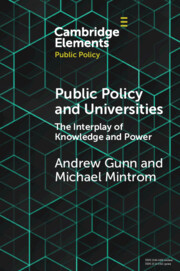
Public Policy and Universities
- The Interplay of Knowledge and Power
-
- Published online:
- 17 May 2022
- Print publication:
- 09 June 2022
-
- Element
- Export citation
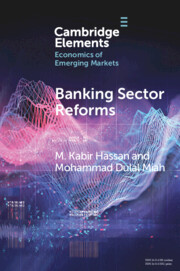
Banking Sector Reforms
- Is China Following Japan's Footstep?
-
- Published online:
- 17 May 2022
- Print publication:
- 23 June 2022
-
- Element
- Export citation

Is This a Book?
-
- Published online:
- 17 May 2022
- Print publication:
- 23 June 2022
-
- Element
- Export citation
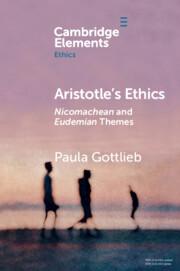
Aristotle's Ethics
- Nicomachean and Eudemian Themes
-
- Published online:
- 17 May 2022
- Print publication:
- 09 June 2022
-
- Element
- Export citation
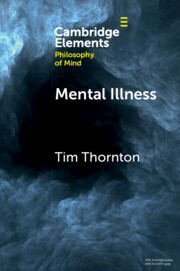
Mental Illness
-
- Published online:
- 13 May 2022
- Print publication:
- 02 June 2022
-
- Element
- Export citation
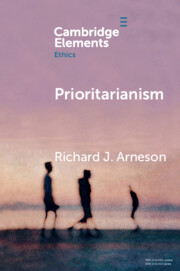
Prioritarianism
-
- Published online:
- 06 May 2022
- Print publication:
- 02 June 2022
-
- Element
- Export citation
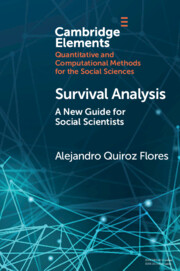
Survival Analysis
- A New Guide for Social Scientists
-
- Published online:
- 03 May 2022
- Print publication:
- 26 May 2022
-
- Element
- Export citation
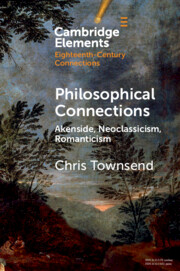
Philosophical Connections
- Akenside, Neoclassicism, Romanticism
-
- Published online:
- 02 May 2022
- Print publication:
- 19 May 2022
-
- Element
- Export citation
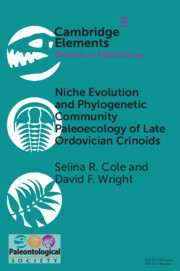
Niche Evolution and Phylogenetic Community Paleoecology of Late Ordovician Crinoids
-
- Published online:
- 29 April 2022
- Print publication:
- 26 May 2022
-
- Element
- Export citation
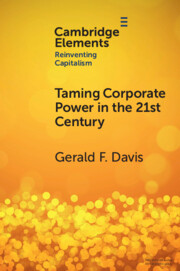
Taming Corporate Power in the 21st Century
-
- Published online:
- 29 April 2022
- Print publication:
- 02 June 2022
-
- Element
- Export citation
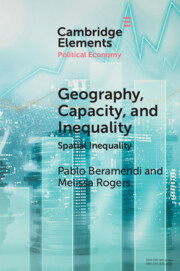
Geography, Capacity, and Inequality
- Spatial Inequality
-
- Published online:
- 28 April 2022
- Print publication:
- 09 June 2022
-
- Element
- Export citation
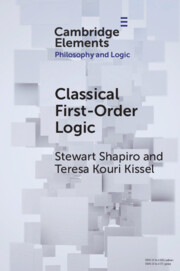
Classical First-Order Logic
-
- Published online:
- 26 April 2022
- Print publication:
- 19 May 2022
-
- Element
- Export citation
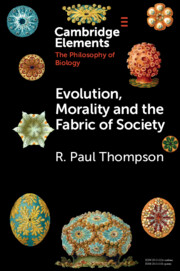
Evolution, Morality and the Fabric of Society
-
- Published online:
- 25 April 2022
- Print publication:
- 19 May 2022
-
- Element
- Export citation
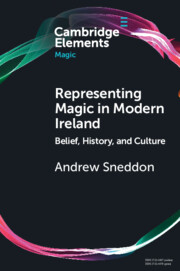
Representing Magic in Modern Ireland
- Belief, History, and Culture
-
- Published online:
- 23 April 2022
- Print publication:
- 19 May 2022
-
- Element
- Export citation
